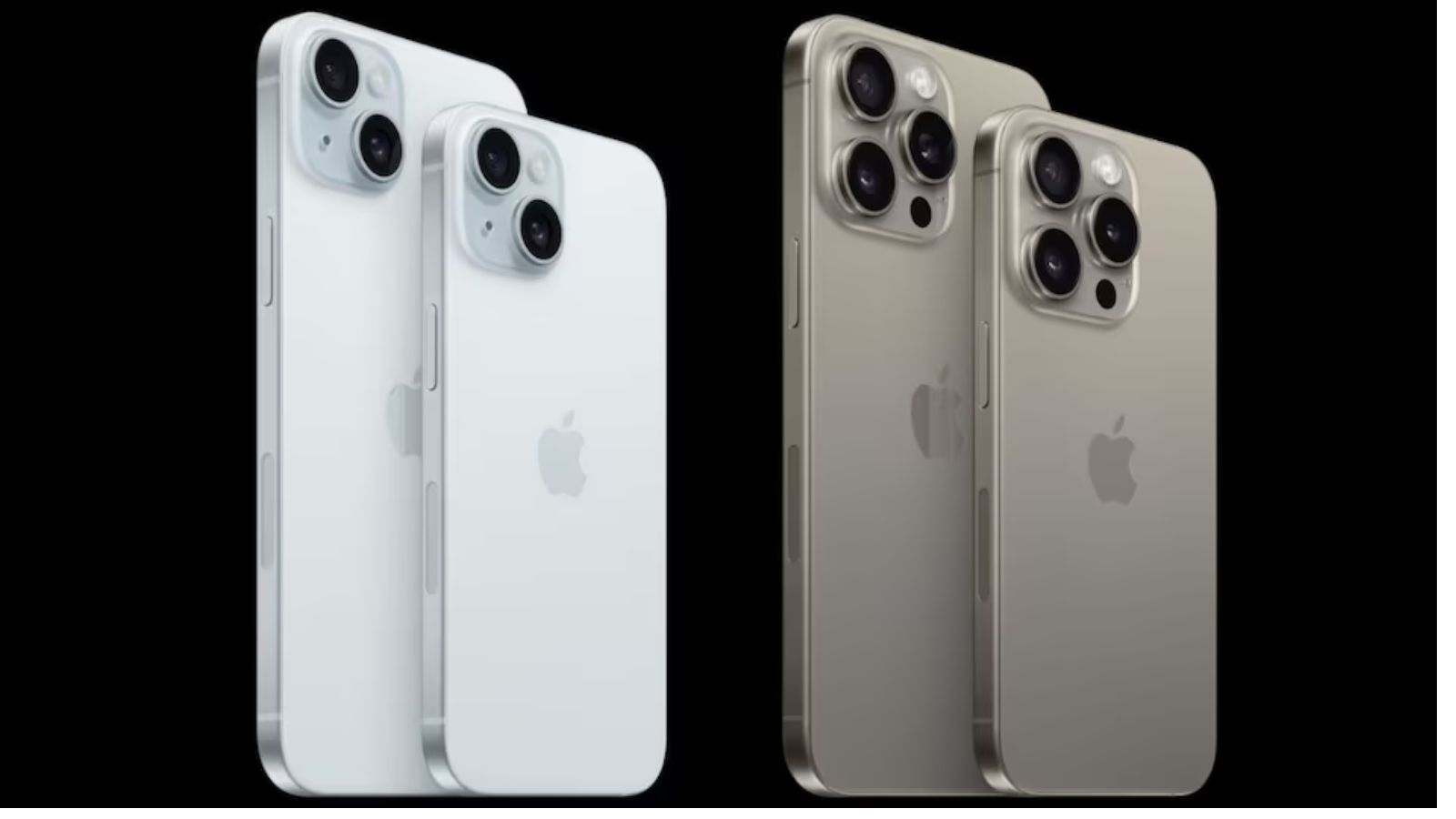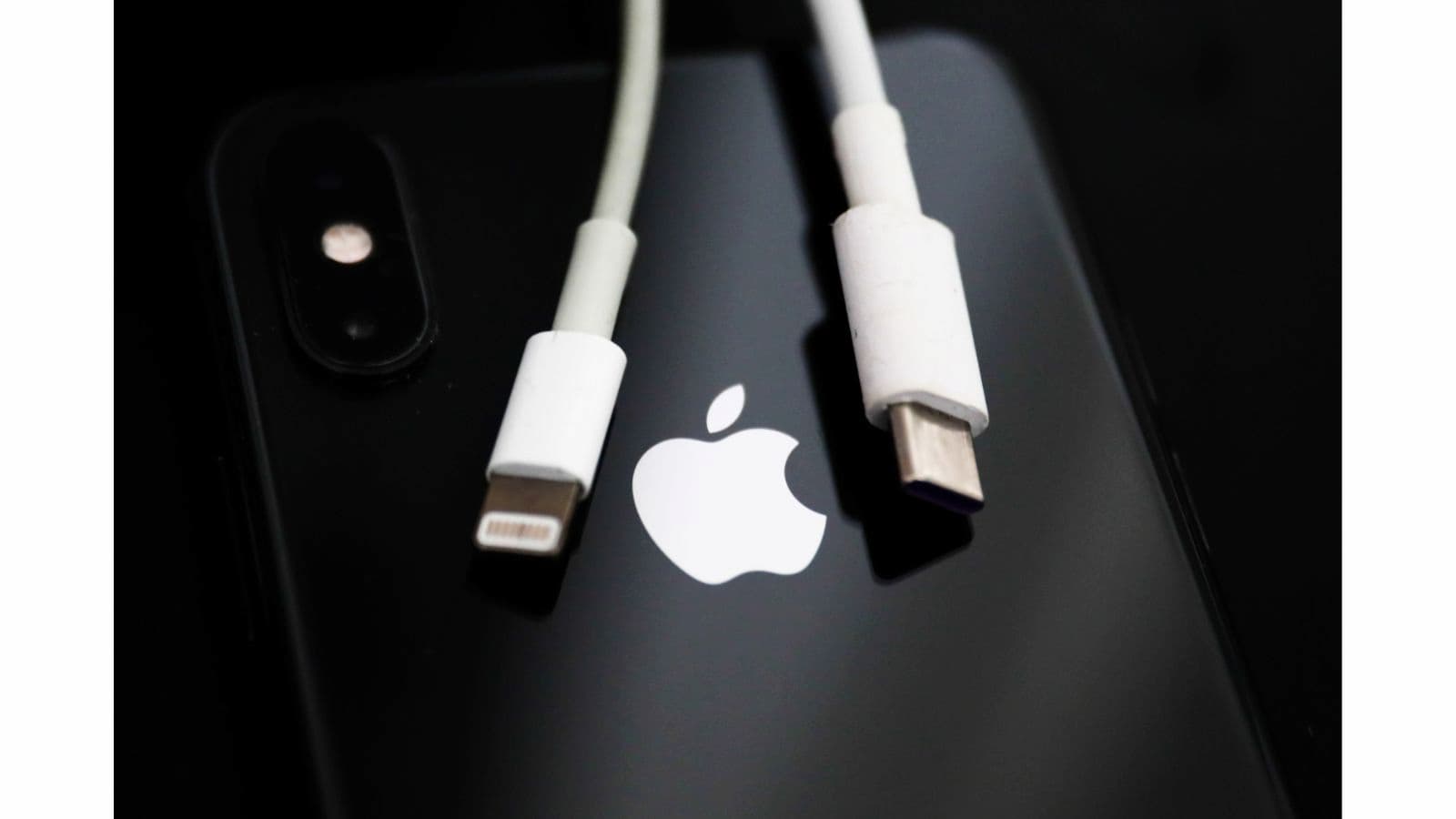Why is apple switching to usb c: Apple’s iPhone 15 release in 2023 witnessed a momentous shift from its signature Lightning charging port to USB-C. This transition isn’t just about upgrading to a modern connector but also paints a broader picture that focuses on environmental concerns and regulatory compliance, especially in light of the European Union’s recent mandates.
Beyond enhancing the user experience, Apple’s move plays a vital role in combating the rising e-waste issue. With an average individual possessing nearly three distinct smartphone charging cords, the universality of USB-C promises a reduction in manufacturing, translating to a whopping 35 thousand tons less e-waste.

Summary of the reasons for Apple’s transition to USB-C
| Date | Data | Summary |
|---|---|---|
| 2022 | EU mandates USB-C for devices | Apple’s decision leans heavily on this upcoming regulation. |
| 2023 | iPhone 15’s USB-C debut | A game-changing shift promising to cut down e-waste and simplify charging. |
| 2024 | EU’s USB-C compliance deadline | All devices in the EU to have USB-C ports. |
| 2023 | Apple’s USB-C adapter | A $29 solution, bridging the gap between Lightning and USB-C devices. |
Environmental Effects
Rapid technological progress frequently comes at a price, especially when it results in e-waste. An average individual, owning three disparate charging cables, contributes inadvertently to this growing concern. USB-C’s ubiquitous appeal could be the solution, potentially preventing the production of 35,000 tons of e-waste. In addition, this uniformity reduces environmental impacts from transportation and packaging, contributing to a greener planet.
Apple Event 2023 Details: Release of iPhone 15 on September 12
Apple’s Objective
Apple never acts without meticulous preparation. The transition to USB-C, while timely, goes beyond simply keeping up with technological trends. This new charging standard, which is more efficient than Lightning, not only facilitates the user experience but also reflects Apple’s environmental efforts. However, Apple’s expensive new USB-C accessories could become a source of frustration for consumers.
EU Conformity
Apple’s decision is also compliant with the EU law of 2022. By autumn 2024, this directive requires all smartphones, tablets, and cameras sold in the region to feature a USB-C connector. By taking this step, Apple not only demonstrates adaptability but also anticipates future compliance requirements, thereby ensuring a seamless experience for its European customers.
Change from Lightning to USB Type-C
Notable is the transition from Lightning to USB-C. Apple sells a $29 USB-C to Lightning adapter to facilitate this transition. This strategic step ensures that users can continue to use their Lightning accessories with the most recent iPhone model. In addition, Apple is likely to shortly release USB-C versions of fan favorites such as AirPods and the MagSafe Charger.
Cost Implications
Apple’s entry into the USB-C space is accompanied by costly cables and adapters, but it’s not all bad news. On a positive note, USB-C peripherals are typically less expensive than their Lightning counterparts. This could result in significant savings for consumers over time, as they will no longer need to purchase multiple device-specific cables.
Possible Cable Chaos
USB-C’s adaptability is both an asset and a possible weakness. Multiple USB-C cable kinds, each designed for distinct functionalities, may cause confusion. The end-user must distinguish between cables designed for fundamental charging and those designed for high-wattage charging and data transfer.
Different USB-C Cables
The USB-C universe is intricate. Even for the same device, various cable types exist. For example, while some USB-C cables are designed solely for charging, others also support data transfer and accelerated charging. This variety requires consumers to make informed decisions when purchasing these cables.
Consumer Advantages
A unanimous victory for consumers, the transition to USB-C is about much more than charging. It provides a unified solution for multiple devices, including iPhones and MacBooks, promised faster data transfer and charging. USB-C is a step towards a more streamlined and efficient digital experience.
The conclusion
Apple’s adoption of USB-C signifies more than a mere technological advancement. It is a gesture toward a greener future, regulatory foresight, and a better consumer experience. Apple reaffirms its commitment to innovation, the environment, and its global user base with this modification.



